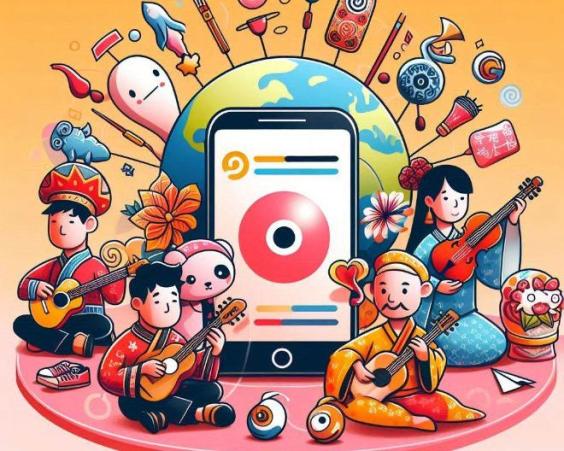How to Adapt Your Marketing Campaigns to Different Cultures
In the digital age, businesses can easily reach global audiences. However, this also means they must adapt to different cultures and markets to succeed. Cultural adaptation is essential for any marketing campaign seeking to penetrate new markets and connect with diverse audiences. In this article, we will explore how to adapt your marketing campaigns to different cultures and why it is so important.

Why is cultural adaptation important in marketing?
Cultural adaptation is crucial in marketing because each culture has its own norms, values, and beliefs. What works in one market may not work in another. For example, an ad that is considered funny in one country may be offensive in another. Cultural adaptation helps businesses avoid costly mistakes and connect with their audiences effectively.
Benefits of cultural adaptation in marketing
- Increased effectiveness: Marketing campaigns adapted to the local culture are more likely to be effective and achieve their goals.
- Improved brand image: Cultural adaptation shows that the company cares about understanding and respecting local cultures, which can improve the brand image.
- Increased customer loyalty: When companies adapt to the local culture, customers feel understood and valued, which can increase customer loyalty.
How to adapt your marketing campaigns to different cultures
Adapting your marketing campaigns to different cultures requires research, planning, and flexibility. Here are some steps you can follow:
1. Research and analysis of the local culture
Research the local culture and analyze its norms, values, and beliefs. This will help you understand what works and what doesn't in that market.
2. Adaptation of the message and creativity
Adapt your message and creativity to the local culture. This may include translating texts, adapting images, and creating content specific to that market.
3. Selection of appropriate communication channels
Select appropriate communication channels for the local culture. For example, in some countries, social media is more popular than other communication channels.
4. Testing and adjustment
Test your marketing campaigns and adjust as necessary. Cultural adaptation is a continuous process that requires flexibility and the ability to adjust.
Examples of cultural adaptation in marketing
Here are some examples of cultural adaptation in marketing:
- Coca-Cola in China: Coca-Cola adapted its name in China to "Ke Kou Ke La," which means "joy in the mouth." This helped the company connect with the local culture and increase its sales.
- McDonald's in India: McDonald's adapted its menu in India to include vegetarian and non-vegetarian options, which helped the company connect with the local culture and increase its sales.
Cultural adaptation is essential for any marketing campaign seeking to penetrate new markets and connect with diverse audiences. By researching and analyzing the local culture, adapting the message and creativity, selecting appropriate communication channels, and testing and adjusting, businesses can increase the effectiveness of their marketing campaigns and improve the brand image. Remember that cultural adaptation is a continuous process that requires flexibility and the ability to adjust.






